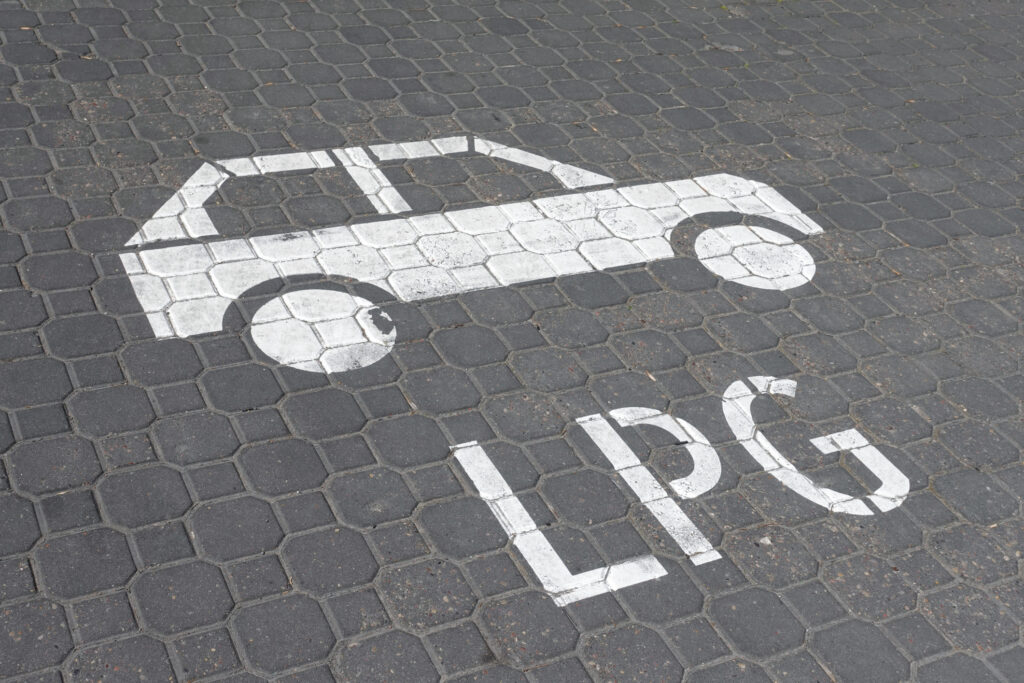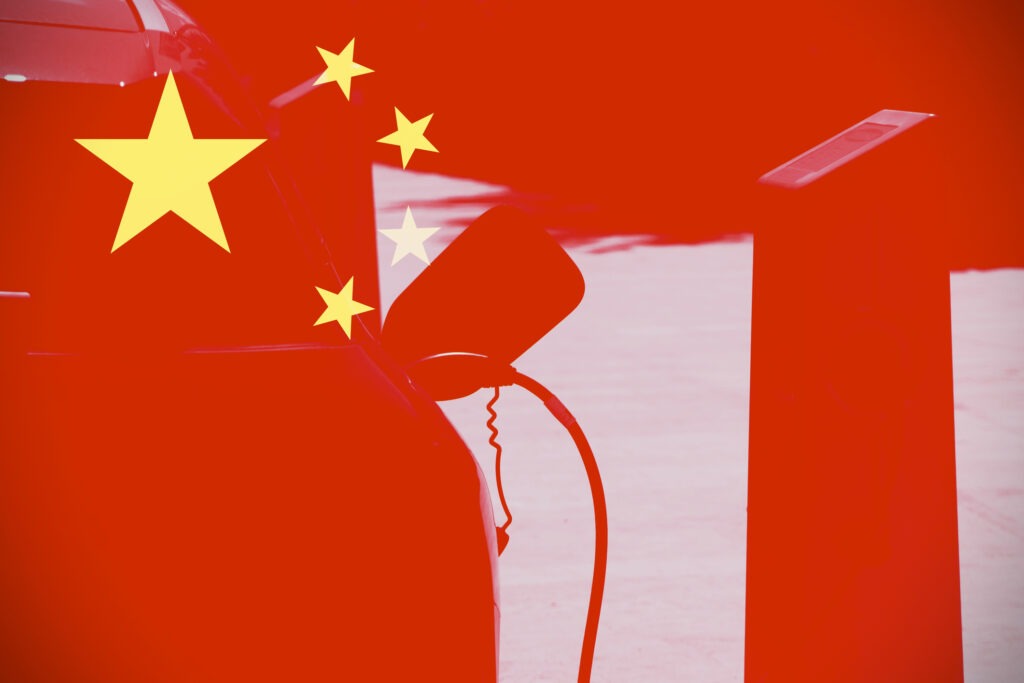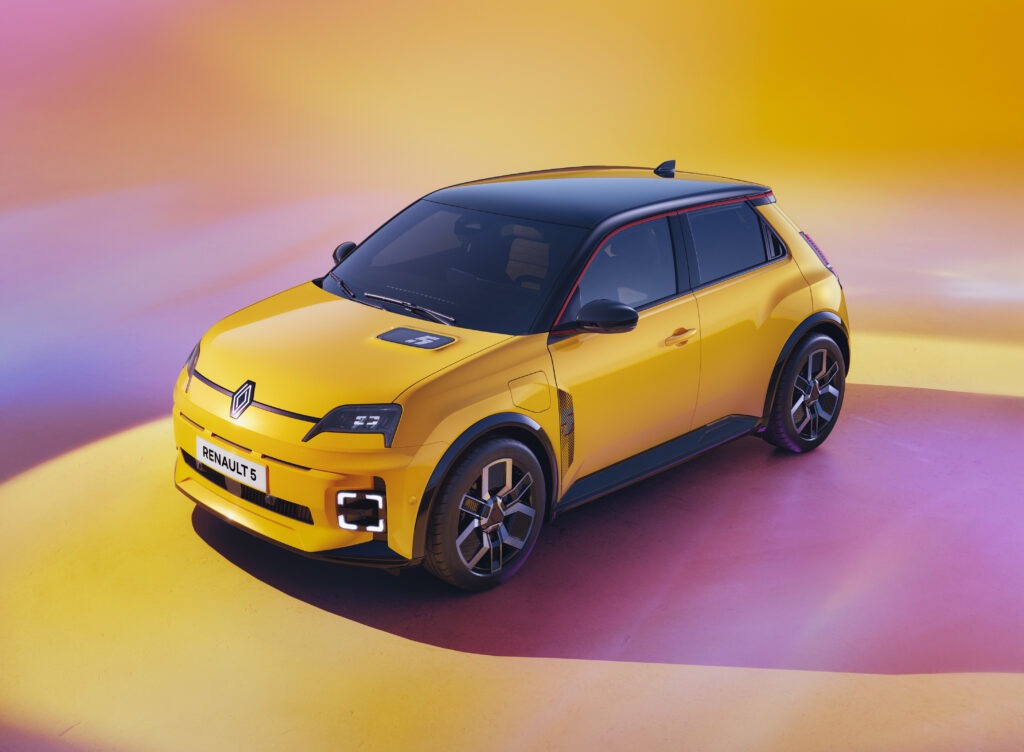What is LPG?
20 November 2024

Hybrids can provide a bridging technology from internal-combustion engines (ICE) to battery-electric vehicles (BEVs). But could liquified petroleum gas (LPG) be an alternative solution? Tom Hooker, Autovista24 journalist, explores the technology.
Switching from ICE to BEV can be daunting for consumers. However, there are bridging technologies available, such as full hybrids (HEVs) or plug-in hybrids (PHEVs). These powertrains emit fewer pollutants than petrol and diesel cars while keeping a similar feel, sound, and experience.
Yet, there is another option which offers similar benefits and can even be retrofitted. But what is LPG, how does it work, and what are its advantages and drawbacks?
What is an LPG vehicle?
LPG is a liquid gas available as butane, propane or a mixture of the two. It can be used in a variety of applications, including automotive. It is the by-product of processing natural gas liquid or the refining of crude oil, also known as petroleum.
LPG used to be burnt off and discarded after this process. However, it is now recognised as a low-carbon fuel. Cars can be filled up at an LPG pump, similar to a petrol or diesel vehicle.
These vehicles can be built from new by a carmaker. Alternatively, most petrol and diesel cars can undergo an LPG conversion. This is usually carried out by an aftermarket company.
Components are added to the vehicle during this process, including a large fuel tank which is attached to the engine. These tanks can vary in size, ranging from around 30 litres to 140 litres.
Some LPG tanks sit in the spare wheel well, while others take up more boot space. The gas is put through a filter, just like petrol, with a pressure regulator protecting the system.
Best of both worlds
LPG vehicles are known as dual-fuel cars. This means they can run on LPG but still use petrol or diesel when required. For example, an LPG vehicle needs to initially run on petrol or diesel until an optimum temperature is reached.
Traditional fuel is sometimes needed during the combustion process as well, so multiple fuels are often needed by the powertrain. Apart from this, LPG vehicles operate in the same way as a traditional ICE.
LPG is the best-selling alternative fuel in Europe, according to Liquid Gas Europe. With over 8.5 million registered vehicles in the EU and more than 30,700 fuel stations, the drivetrain represents 77% of the existing alternative non-electrified fleet.
Italy, Poland and Germany are key markets for the fuel. This is driven by infrastructure development, tax incentives and government support for more sustainable energy options.
Practical benefits of LPG
One of the biggest benefits of LPG is its comparative sustainability, according to Liquid Gas Europe. LPG-fuelled vehicles emit 21% less CO2, 62% less nitrogen oxides and 90% less particulate matter than petrol. Compared to diesel, it emits 96% less nitrogen oxides and 92% less particulate matter.
LPG is not more fuel-efficient than petrol or diesel. However, the cost per litre is usually lower than the ICE equivalents. Therefore, vehicles running on LPG can be more economical to run.
The fuel can also be considered a safer option than petrol. LPG can ignite just as easily as petrol, yet it is stored in a thick steel tank. Because it is a liquid gas, it is not kept at a high pressure. In the case of a leak in the fuel tank or pipes, LPG evaporates, making the risk lower. Furthermore, LPG-fuelled cars are quieter than diesel engines.
Costly drawbacks
However, there are some drawbacks to LPG vehicles. Converting a petrol or diesel car to the alternative fuel can be expensive, depending on the type of car. This process can cost as much as £2,000 (€2,400) in the UK, according to the RAC.
LPG vehicles also make up a small share of Europe’s car parc. Because of this, LPG refuelling infrastructure is lacking compared to the number of petrol and diesel pumps, as well as EV chargers. For those living in rural areas, finding a nearby LPG pump can be challenging.
This lack of infrastructure means consumers will be less likely to try the technology, keeping its market share low. In turn, this provides little stimulus to invest in LPG and build more refuelling stations.
Additionally, it can be hard for customers to find the right car to suit their needs. In some European countries, such as the UK, there are no factory-fitted LPG models available to buy. This can mean greater costs when serving or repairing.
Retrofitting an LPG fuel tank also means extra weight. This can be problematic if a vehicle is already heavy or underpowered.
In conclusion, LPG is a notable alternative for motorists wanting to be more sustainable, but unable to buy a new car. Consumers can save on fuel, while not venturing too far from the familiarity of petrol and diesel. However, the initial cost of conversion and lacking infrastructure may deter potential buyers.




